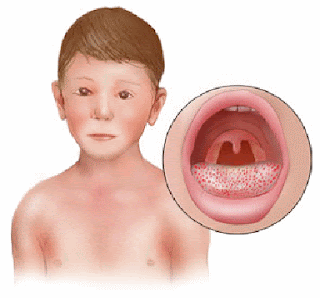L-Iskarlatina

L-iskarlatina (‘scarlet fever’) hi infezzjoni kkaġunata mill-mikrobu msejjaħ streptococcus (Strep A). Tolqot l-aktar lit-tfal fl-età tal-iskola. Tissejjaħ hekk minħabba r-raxx ħamrani li joħroġ fuq il-ġilda. L-infezzjoni titfejjaq b’kors antibiotiċi, u b'hekk niffrankaw komplikazzjonijiet fil-kliewi u rewmatiżmu. Kull sena jkun hawn xi każijiet ta’ skarlatina f’Malta, imma jiġu snin li jkun hawn aktar mis-soltu. Is-Sintomi Dawn huma s-sintomi tal-iskarlatina: Deni u tkexkix ta’ bard Il-griżmejn u ilsien iffjammati Il-glandoli ta’ l-għonq minfuħin Raxx aħrax fil-ġilda (jinħass qisu 'sandpaper'), ħmura fuq il-wardiet tal-wiċċ u bjuda madwar il-ħalq. L-ilsien mgħotti b'lega bajda u aktar tard jidher minfuh ('strawberry tongue'). Linji ħomor fl-apt u postijiet oħra. Id-deni u l-ġriżmejn ħomor huma l-ewwel sintomi. Jista’ jkun hemm ukoll uġigħ ta’ ras u rimettar. L-għada li jitla’ id-deni jitfaċċa r-raxx fuq l-għonq u s-sider, li mbagħad jinfirex lejn id-dirgħajn u



.jpg)




.JPG)




